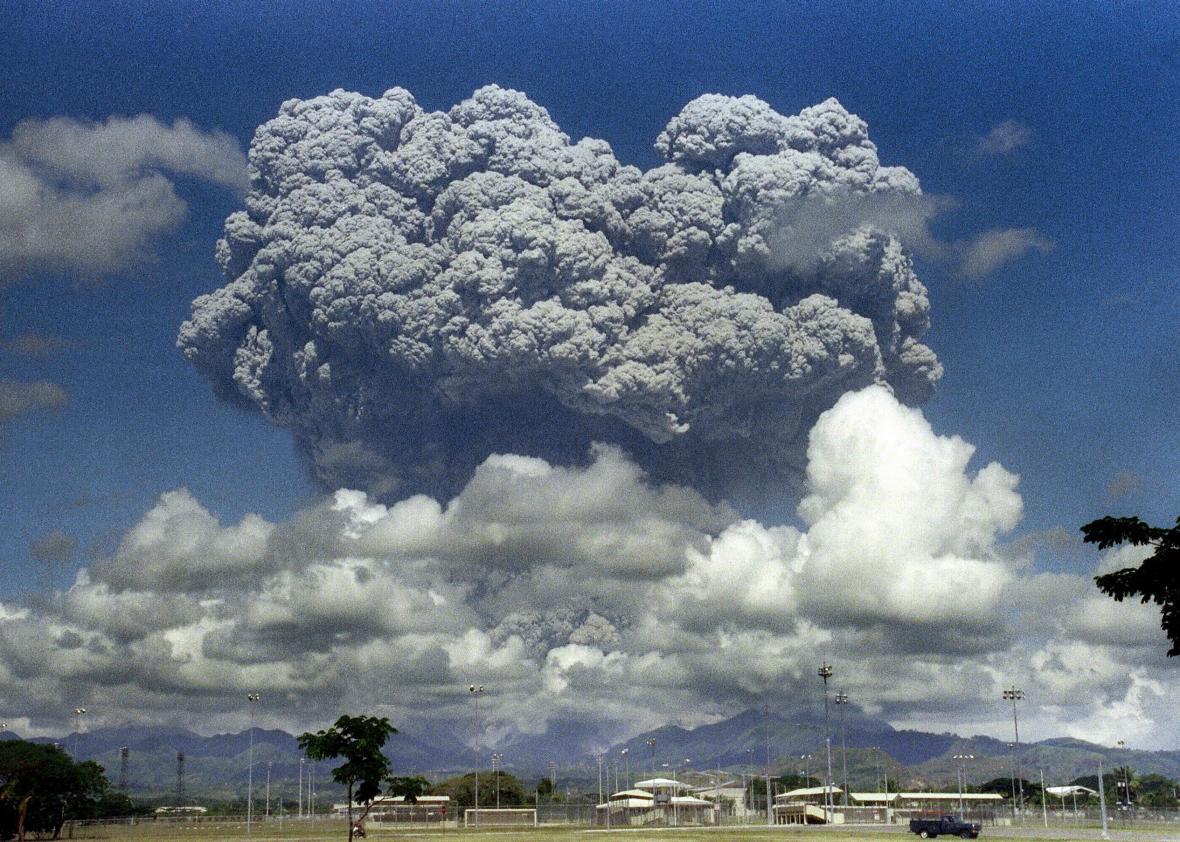As our planet warms up, the sea level is rising. This seems obvious; ice is melting from Antarctica and Greenland at a rate of several hundred billion tons per year, dumping all that water into the ocean. Less obvious is the fact that as water warms, it expands. Warmer water takes up more volume than cooler water, so as the oceans absorb the majority of heating of the planet, they expand, and that actually is a bigger effect on sea level rise than ice melting.
But another effect is that as the Earth warms, the rate at which ice melts and the oceans expand will increase, too. That means that if you look in the past, you’d expect sea level to be rising at a certain rate, but if you look at it more recently, that rate will be larger. If it rose at, say, 2 millimeters/year some time ago, it may be rising at 3 millimeters/year now.
That’s important. If you’re looking at the effects of sea level rise on coastal development and population over the next century, the difference in rates means your prediction could be off by several centimeters if you’re not doing the math correctly. That’s a huge difference, like the difference between flooding only during a storm surge and constant flooding.
For decades, scientists used tidal gauges (usually near coastlines) to measure sea level. In 1992, the TOPEX/Poseidon satellite was launched, using sophisticated techniques to measure it far more accurately. Scientists expected the satellite to easily detect the sea level rise acceleration after just a few years of observation.
To everyone’s surprise, though, they didn’t. The rate at which the global sea level was rising was steadier than expected. Were the global warming predictions off?
New research has finally solved this mystery: The predictions were fine. The problem was Pinatubo, and bad timing.
In 1991, Mount Pinatubo in the Philippines erupted. More like exploded: It was the second largest volcanic event of the 20th century, blasting hundreds of millions of tons of ash, gas, and aerosols (particles suspended in air) into the atmosphere. This had the effect of cooling our planet a bit; the particles reflected incoming sunlight, reducing global warming.
It’s not a huge effect, but it was enough that it changed our climate. Cooler land meant less ice melting, and cooler oceans meant the thermal expansion was abated somewhat. That in turn meant sea levels actually went down, by as much as six or seven millimeters!
That sounds like good news, but it was temporary. Within a few years our warming planet took hold again, and sea levels began to rise once more as the waters heated up and ice melting returned to previous rates.
But it happened just before TOPEX/Poseidon launched. So when the satellite started taking measurements, it saw a faster than usual sea level rise as the Earth recovered from the volcanic event; the normal acceleration due to global warming plus the recovery of the sea levels after the eruption. Weirdly, that masked the effects of global warming a little bit, throwing off estimates.
Because the levels were going up faster than usual, it looks like the rate of sea level rise has dropped in the past decade. In the 10 years after TOPEX/Poseidon launched, it saw sea level rise at 3.5 millimeters/year ever year, but then, over the subsequent decade, the rate dropped to 2.7 millimeters/year every year.
In a sense this is good news. Well, not as bad news: Global warming is increasing sea levels by a lower rate than once thought.
But this is still pretty bad news, because we don’t want global warming to be causing sea level rise at all. But it is.
While volcanic eruptions are devastating locally, they do help with global warming a bit. But the effects don’t last long, and in the medium to long run are completely overrun by human activities which contribute to warming. The most cataclysmic eruptions only put a fraction of the junk into the air as humans do (to the tune of 40 billion tons per year of just carbon dioxide).
While we can’t trigger volcanoes to explode when we want, there are other ways to mitigate global warming. The overwhelming cause is burning fossil fuels, and we have within our reach the ability to dramatically decrease our use of such old technology. We can make the switch to renewable energy production like solar and wind, and do so in a way that actually helps our economy, despite the claims of doom from those who say it would hurt us (after all, as the price for solar energy continues to drop, shouldn’t we let the market decide?). We can actually save the world, and ourselves, and getting on to the road to a solution isn’t even really all that difficult.
As I have said many times, and will continue to say as long as I need to: The first step is to vote global warming deniers out of office. Only then will we be able to tackle this issue seriously and give it the attention it—and we—desperately deserve.
